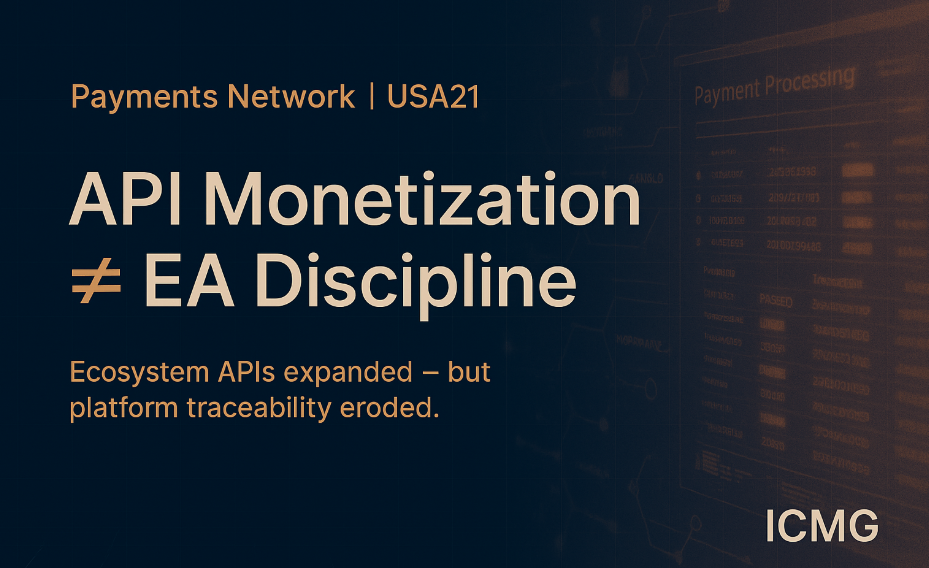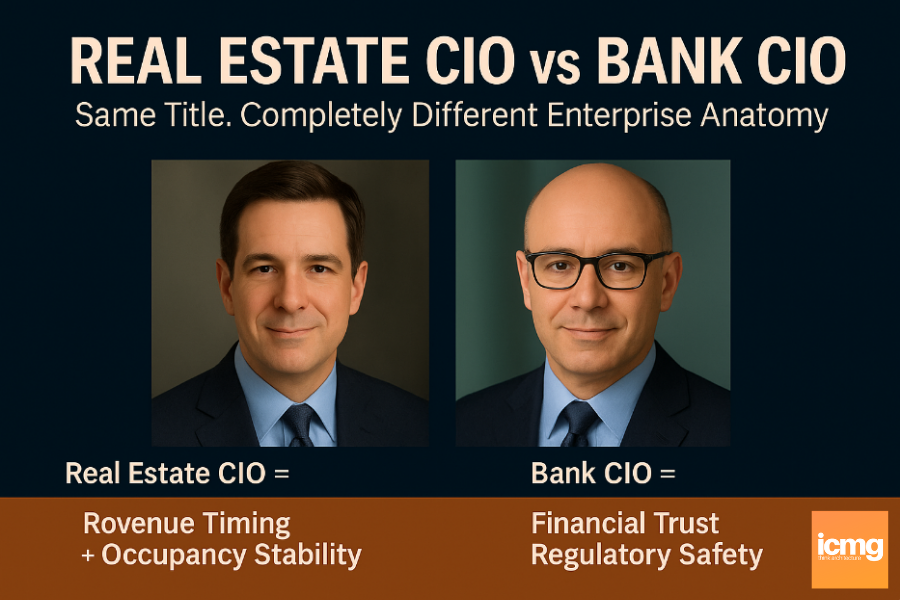Case USA21: How a Major Payment Network Replaced Enterprise Architecture with API Monetization Metrics
- Sunil Dutt Jha

- Aug 18
- 1 min read
Updated: Oct 21
Overview:
This case is part of a 100-diagnostic series revealing how US enterprises have misrepresented operational and revenue gains as “Enterprise Architecture progress.”
In payment networks, a recurring pattern is treating API transaction volume as proof of architectural maturity.

New merchant onboarding was faster, partner integrations multiplied, and fee revenues rose — yet the enterprise anatomy connecting fraud detection, settlement, dispute management, and compliance was never modeled.
P1–P6 Insight Preview:
API monetization boosted system touchpoints (P3) and sped implementation (P5), but lacked alignment to network-wide strategy (P1) and process architecture (P2).
Components (P4) often duplicated logic, and both business + tech ops (P6) were reactive when exceptions cascaded across systems.
Role Disconnects:
CEO: “Our API program proves we’re innovating” — but the underlying network logic is still fragmented.
CIO: “APIs connect every merchant” — but not through a unified enterprise model.
Sales Head: “We’re growing merchant adoption” — yet every big client demands one-off integration fixes.
Chief Enterprise Architect: “Endpoints ≠ architecture” — the enterprise behavior isn’t governed.
Head of Payment Product: APIs drive volume, but fraud, disputes, and compliance still run in separate silos.
Want to read more?
Subscribe to architecturerating.com to keep reading this exclusive post.




